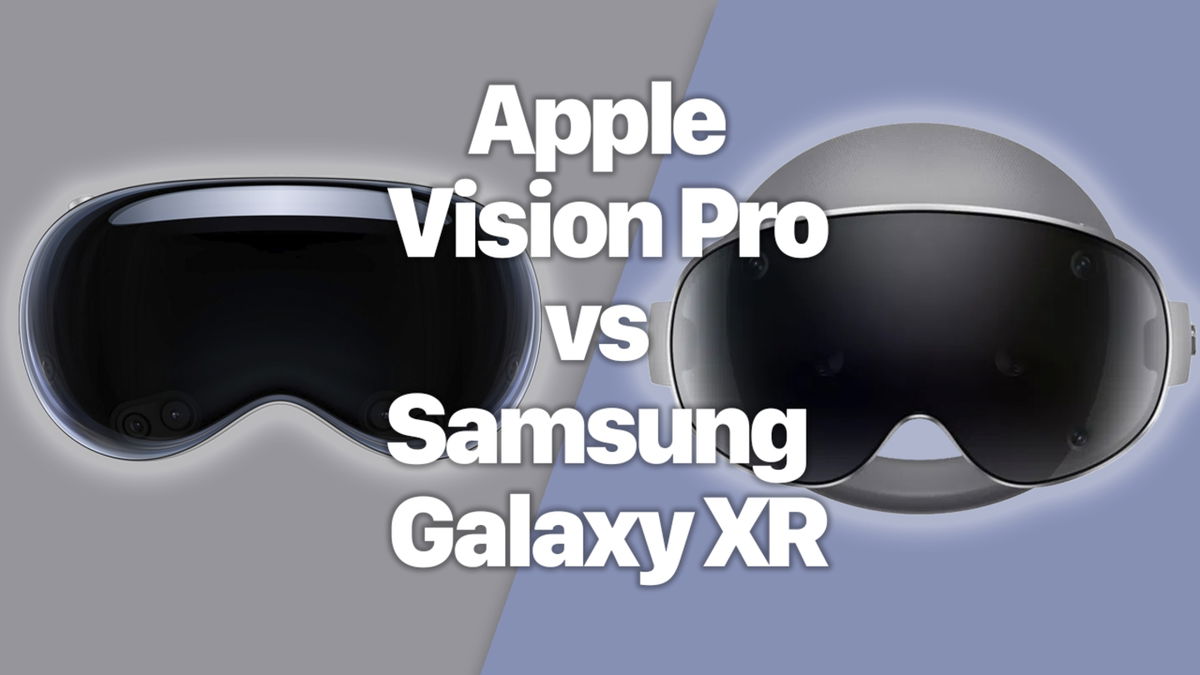Why has there been such a revival? Reusable rockets like SpaceX’s Falcon 9 have reduced launch costs by 30 times compared to last century, making solar-powered space stations more financially viable. With near-constant exposure to sunlight, space-based solar power plants could become an unlimited source of carbon-free energy, potentially eclipsing even terrestrial solar farms in terms of efficiency and footprint. Advances in robotics and artificial intelligence are opening up the possibility of automated construction and maintenance of these complex space structures.
But challenges remain: Building and assembling massive solar panels in space requires an unprecedented leap in technology. Setting safety and sustainability standards for these projects, as well as determining the ownership and location of receiving stations, will also require international cooperation. There are also concerns about the transfer of concentrated energy to Earth and the risk of space debris formation, which requires clear communication and safety measures.
While space-based solar energy still faces technological and logistical hurdles, the combination of falling costs, demands for cleaner energy, and global momentum suggest it is no longer a futuristic fantasy. The next few years will be decisive.
Source: Ferra
I am a professional journalist and content creator with extensive experience writing for news websites. I currently work as an author at Gadget Onus, where I specialize in covering hot news topics. My written pieces have been published on some of the biggest media outlets around the world, including The Guardian and BBC News.










